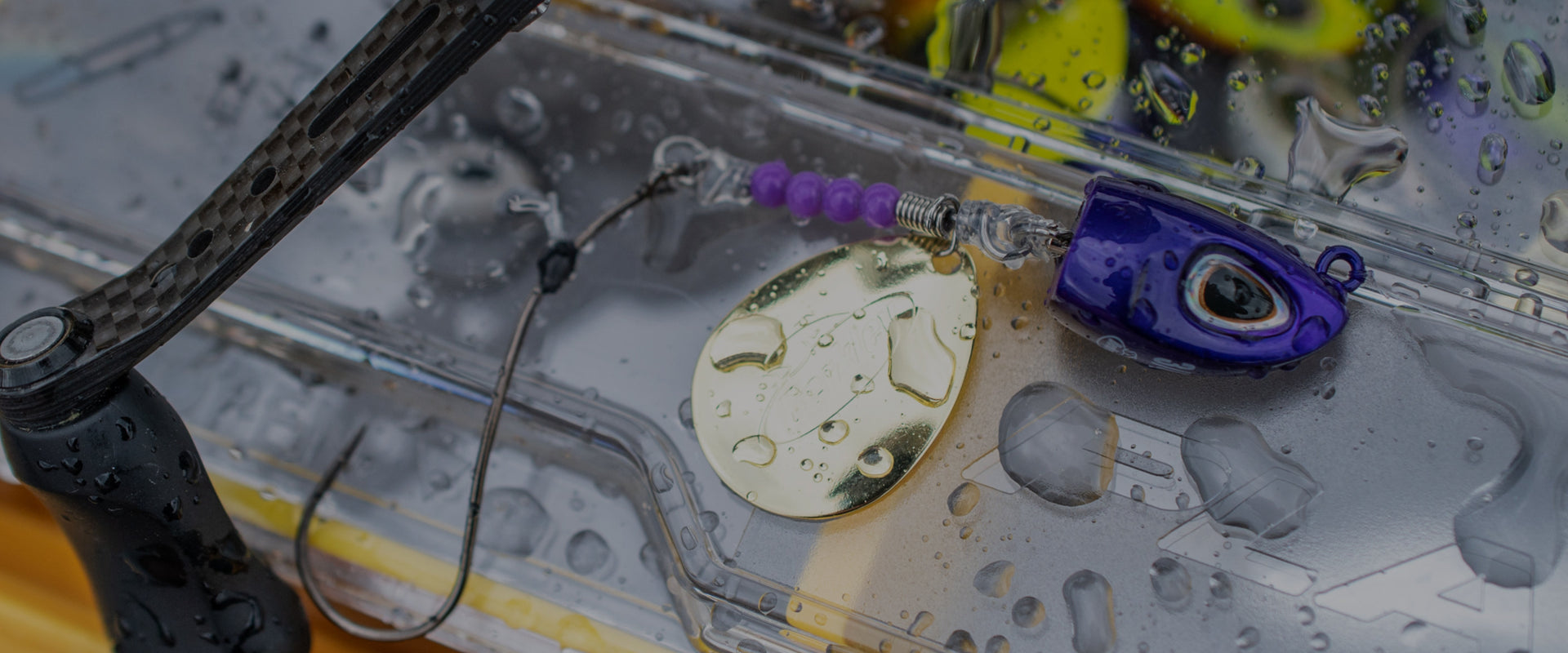
Swimming your way soon—our game-changing Rawler Jigs and the all-new Ripfish are ready to make ripples in the Berkley lineup...
Read More >
Your cart is currently empty.
Stock up on what you need for your next adventure.

Choosing the perfect fishing line can feel overwhelming at first, but it's all about finding one that suits your fishing style. Monofilament, known as "mono," is a single-strand line, unlike multi-filament varieties. Primarily made from nylon, monofilament can be composed of different materials and blends, offering various levels of stretch, strength, and abrasion resistance.
Keep in mind that monofilament lines absorb water, which affects their performance underwater compared to when they're dry. While some may absorb more water than others, generally, water absorption makes mono lines more flexible, allowing for better handling and longer casts. However, it may compromise abrasion resistance and overall strength.
Easy To Handle
Thanks to its flexible nature, monofilament is easy to use and works well for many fishing situations. This flexibility—often described as limpness—makes mono more manageable and easier to cast than stiffer lines.
Stretch
Mono stretches more than superlines and more easily than fluorocarbon, which gives it a forgiveness factor other lines can’t match. If your drag sticks or you set the hook too hard, mono compensates by stretching up to 25 percent or more.
By stretching under pressure, mono also helps prevent your hook from tearing a hole in a fish’s mouth, which can make it easier for the fish to come unbuttoned. This is a factor both on the hookset and during the fight, especially when you’re dealing with big fish in close quarters. For example, many top bass pros prefer a beefy mono like Berkley Big Game over superline for pitching jigs.
Shock Strength
Stretch should not be confused with shock strength, which is a fishing line’s ability to absorb energy—and an equally important consideration. Shock strength comes into play when your line has to withstand the sudden impact of a hard hookset or a big fish thrashing violently at boatside.
Diameter
Mono is admittedly prone to larger diameters than fluorocarbon or superlines. While the added circumference can be a limiting factor in how deep your lures dive, you can use the extra breadth to your advantage—such as slowing the fall of a Berkley Gulp! or PowerBait softbait, or when threading a bait through cover as the thicker line makes it more abrasion resistant.
Sink Rate
Thanks to its near-neutral buoyancy, mono sinks slowly, making it a great choice for topwater lures and suspended subsurface presentations where you don’t want to accelerate the bait’s downward movement.
Color Palette
Mono is easier for manufacturers to tint than other types of line, so it’s available in a wider range of colors. You can choose from stealthy, low-visibility options such as green, blue or clear—or spin the color wheel the opposite direction and spool with high-vis shades perfect for line-watching presentations.
Some monos, like Berkley Trilene TransOptic, offer the best of both worlds by changing color from bright gold in sunlight to low-vis clear below the surface.
Tying The Knot
Mono is knot-friendly. You can use a variety of strong, easy-to-tie knots without sacrificing the strength of the line. In fact, a Trilene Knot or Palomar Knot offers nearly 100 percent knot strength when tied with premium mono.
Inexpensive
The most affordable of all line choices, mono is definitely easy on the pocketbook. Considering the critical role line plays in your quest to catch fish, it ranks among the sport’s best investments.
Ease of Use
Thanks to a combination of manageability, stretch, easy knot tying and other fishing-friendly features, mono is the best fishing line if ease of use is your main concern. This makes it a great choice for everyone from first-time anglers to looking to simplify their presentations or seasoned veterans utilizing the lines characteristics for specific techniques.
While mono has many benefits, there are tradeoffs. For example, because of its stretchiness, it’s not overly sensitive. If you need to detect ultra-light bites, discern subtle changes in bottom composition or feel what your lure is doing at all times—especially at long distances—a superline or fluorocarbon is a better choice.
Mono also has a lower tensile strength than either of these options, which means it has a thicker diameter at a given breakstrength. This can be a benefit in slowing sink rate, but it also means lures won’t run as deep on mono as superline or fluoro.
Also, prolonged exposure to UV light can weaken mono, although it may take hundreds of hours to incur appreciable damage. We recommend changing nylon monofilament lines at least once a year.
As with other types of line, monos are designed for specific performance characteristics. Here are a few top picks to consider when choosing the best fishing line for your particular needs:
Offers excellent shock strength and is built for battling trophy catfish, pike, muskies, bass and other big fish.
An abrasion-resistant workhorse ideal for fishing in and around rocks or cover.
More manageable and castable, and is a fine all-around choice for general fishing away from line-abrading snags.
Extremely strong for its diameter, yet also sensitive and manageable, offering professional-grade performance in a monofilament package.